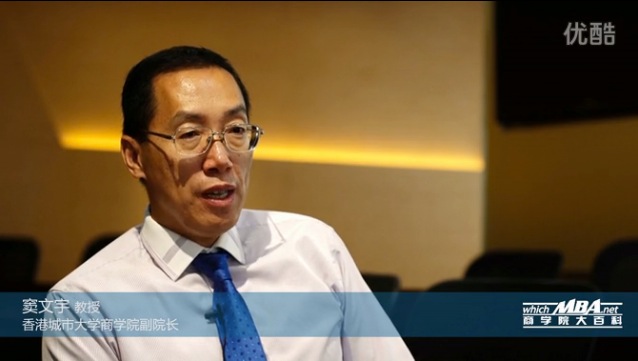Networking widens EMBA net
It is not often that professors find a fox sitting among their students. Yet a fox was one of the class members at a recent Insead lecture. While some might worry about a business school that believes animals are suitable course participants, they will be reassured to find that the fox was actually a real student attending a class in the school's campus on Second Life, the online virtual world where users can be creative in designing their avatars, the personae used to navigate the site.
" You do have weird characters in the classroom, " says Miklos Sarvary, professor of marketing at Insead. “But it cheers up the class and people soon get used to it.”
Insead's use of Second Life as an extension of its classroom is just one example of how technology is extending the scope of business school teaching. And with much of the coursework for executive MBA programmes conducted at a distance, technology is proving a powerful tool at the disposal of course designers.
For a start, technologies such as wikis, social networking sites and videoconferencing have facilitated communications between students and professors and allowed students to work virtually on joint projects.
" Before the advent of technology, EMBA programmes were either local or at best regional," says Luis Rojo, e-learning co-ordinator for the Global Executive MBA at IESE Business School. " There was plenty of programme discontinuity which made collaborative learning difficult. "
Today, IESE uses virtual presence software such as Adobe Connect and Webex from Cisco to have team meetings at a distance, online professor-led discussions and guest conferences.
" Because we have participants spread all over the globe who therefore have different local times, we record all sessions and upload them instantly to the web, " explains Prof Rojo. " Participants who haven't been able to attend the online-session can do so at their local time. "
Duke University's Fuqua School of Business has taken a similar approach, using programmes such as iTunes and Centra as publishing mechanisms for the webcasting of lectures which can be watched live or downloaded at a later time.
However, as well as facilitating traditional forms of teaching, many schools are looking at how technology can change the way courses are taught on campus. One simple tool that is popular at Wharton is Turning Point, a polling software.
" You can give everyone the ability to comment on a question, " says Deirdre Woods, associate dean and chief information officer at Wharton.
She says professors can use polling as a planned part of the class or more informally. Moreover, the questions often elicit responses from students that might otherwise be reluctant to speak up.
For Insead, Second Life has provided a new way of teaching. The school has built a virtual campus on the site that allows it to conduct many of the activities that take place on the real campus, including group discussions and lectures.
" For a business school like us with multiple campuses with different time zones and large numbers of alumni and that is trying to bring people together, this technology is very impressive, " says Prof Sarvary.
And compared with setting up virtual presence units and investing in state-of-the art videoconferencing, Prof Sarvary says designing a campus on Second Life was relatively inexpensive.
Online virtual worlds such as Second Life can also provide a means of simulating experiences that would be hard to recreate in a classroom. Not only can students disguise themselves as foxes, but the medium also allows professors to design experiences that demonstrate different aspects of business, such as workplace diversity.
" It's very hard for me as a white male to know what's it's like to be a 25-year-old female with long blond hair," says Tony O'Driscoll, professor of the practice of business administration at Fuqua. “But if I have a 25-year-old woman's avatar and I'm being treated differently, that's an experience. "
When it comes to the networking advantages of taking an MBA, it is hardly surprising that business schools have been early adopters of social networking sites such as Facebook.
Wharton has used its own version of social networking for about 10 years, says Prof Woods, which has proved popular among the school's executive students. " When you're in a job, it's nice to have an affiliation network that's just about school, " she says. " Because you're sharing this experience with people who are going through the same pressures, " she says.
Prof O'Driscoll says that as well as offering new teaching possibilities, use of technology in executive MBA programmes has another advantage that is highly relevant in an increasingly global business landscape. " The people that go through our programmes will not only learn about marketing and finance and strategy, " he says. " They will also learn how to work in a business at a distance with people from different regions of the world. "



